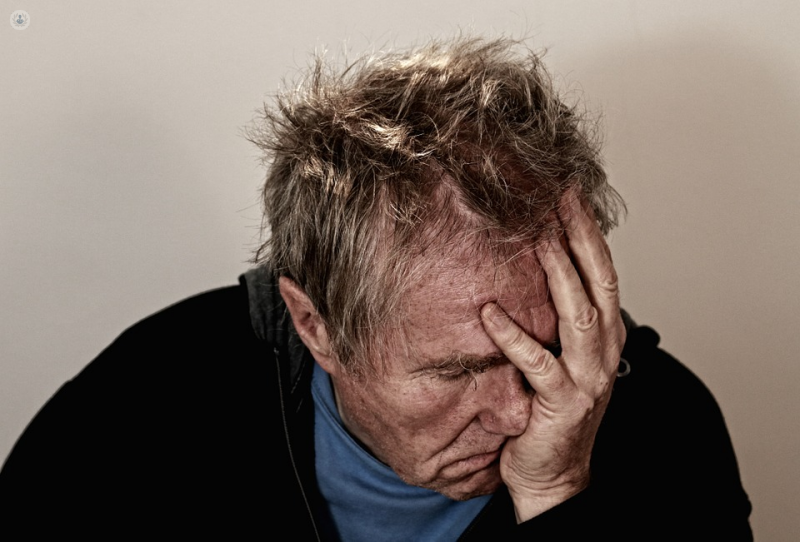

What is cancer pain?
Cancer pain has different causes and there are different types. It can be dull, aching, sharp or the sensation of burning. There are different levels too, it can be constant, intermittent, mild, moderate or severe. How much pain is felt depends on the type of cancer, how advanced the cancer is, where it is situated and how tolerant a person is to pain. Cancer pain can be acute or chronic.

Acute cancer pain – this is due to the damage caused by injury, such as having an operation and does not last long. The pain disappears as the wound heals post-operation.
Chronic cancer pain – this occurs due to changes to the nerves. The cancer may press on the nerves, or the tumour may produce chemicals. Chronic pain continues long after the injury or treatment is over and can be quite severe. It may exist all of the time.
What causes cancer pain?
If the pain is from the cancer, it can be from the cancer that is growing into or destroying tissues. The growing tumour presses onto nerves, bones or organs. There may also be a release of chemicals that can cause pain.
What are the types of cancer pain?
Different types of pain need to be treated differently. The types of cancer pain include:
- Nerve pain – caused by pressure on the nerves of the spinal cord. It is described as a burning, shooting, tingling feeling. It may be experienced after surgery as the nerves are cut during surgery and they take a while to heal.
- Bone pain – cancer can spread into the bone and damages the bone tissue. It is felt as aching, dull or throbbing.
- Soft tissue pain – this stems from a body organ or muscle, such as tissue damage to the kidney causing pain in the back.
- Phantom pain – this is a pain in a part of the body that has been removed but people describe the pain as being unbearable and even, for example, a breast has been removed for a mastectomy, the pain exists.
- Referred pain – sometimes the pain in an organ in the body can affect a different part of their body.
How is cancer pain treated?
Cancer pain is treated by the removal of the source of the pain, which may be done through surgery, chemotherapy or radiation. Pain medications, such as over-the-counter pain relievers, or strong opioid medications such as morphine and methadone can alleviate pain too.
What are the side effects of cancer pain treatment?
Each type of treatment of cancer has its own side effects.
- Surgery – Post-surgical pain is related to nerve injury, which occurred during surgery.
- Radiation therapy – this can cause a burning sensation of the skin and other side effects include diarrhea, mouth sores and fatigue.
- Chemotherapy – patients may feel nausea, fatigue, infection, hair loss and pain in their nerves.
- Strong pain medications – one of the commonest side effects of opioids is constipation.
